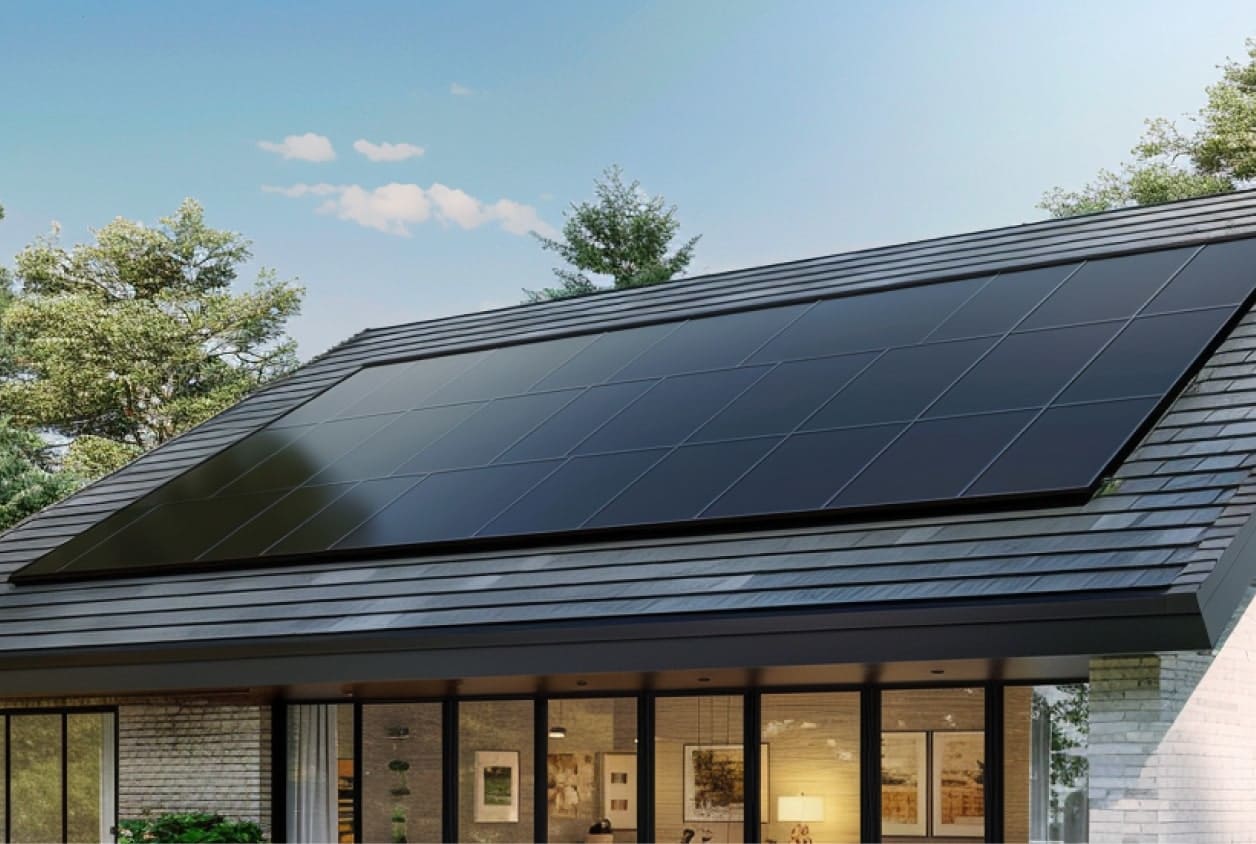It's an unfortunate truth that many of the most beloved and visually striking plants are also invasive. This makes the task of removing them to restore native ecosystems bittersweet. While it's necessary and important work, it can be difficult to uproot something so beautiful.
@joshuadairen So the south has a lot of invasive plants that we love…sorry to be the bearer of bad news lol #plants #facts #didyouknow #education #discover #plantfacts #south #flora #invasivespecies #garden #horticulture #biodiversity #endemic #nature #planttok ♬ original sound - Joshua Dairen
TikTok creator Joshua Dairen (@joshuadairen) highlights this tension by shedding light on invasive plants commonly found in the South of the US. Many of these plants are not only lesser known as invasive, but are also prized for their ornamental beauty, making their impact even more surprising.
Joshua spotlights a range of striking yet invasive plants, including multiple species of honeysuckle, wisteria, Bradford Pear, Cherokee Rose, chinaberry, English Ivy, giant reed, Japanese knotweed, and the mimosa tree.
Invasive plant species can seriously disrupt natural ecosystems. They spread quickly and often outcompete native plants for space and resources, ultimately threatening biodiversity.
Native plants are essential because they support local wildlife, especially pollinators like bees, butterflies, and hummingbirds. These pollinators play a critical role in maintaining healthy ecosystems and are vital to our food supply.
When invasive species push out native plants, pollinators lose the habitats they depend on, putting entire ecosystems and even agriculture at risk.
Save $10,000 on solar panels without even sharing your phone number Want to go solar but not sure who to trust? EnergySage has your back with free and transparent quotes from fully vetted providers that can help you save as much as $10k on installation. To get started, just answer a few questions about your home — no phone number required. Within a day or two, EnergySage will email you the best local options for your needs, and their expert advisers can help you compare quotes and pick a winner. |
Replacing a traditional lawn with eco-friendly alternatives like native plants, clover, buffalo grass, or xeriscaping can save homeowners time, money, and water. These low-maintenance options, like native plants, clover, and buffalo grass, require less mowing, fertilizing, and irrigation, which cuts down on both effort and utility bills.
Even a partial lawn replacement can significantly reduce environmental impact.
Joshua's TikTok struck a chord with viewers, many of whom shared a sense of mutual disappointment upon learning that some of their favorite plants are actually invasive.
One user commented that this is "so unfortunate," while another lamented, "Not the honeysuckle and mimosa." Others echoed the sentiment, with one saying, "Homeysuckle and wisteria are so beautiful," and another adding, "They're definitely invasive, but some are just so stunning."
TCD Picks » Upway Spotlight
💡Upway makes it easy to find discounts of up to 60% on premium e-bike brands
|
What is the biggest reason you don't grow food at home? Click your choice to see results and speak your mind. |
Join our free newsletter for good news and useful tips, and don't miss this cool list of easy ways to help yourself while helping the planet.















